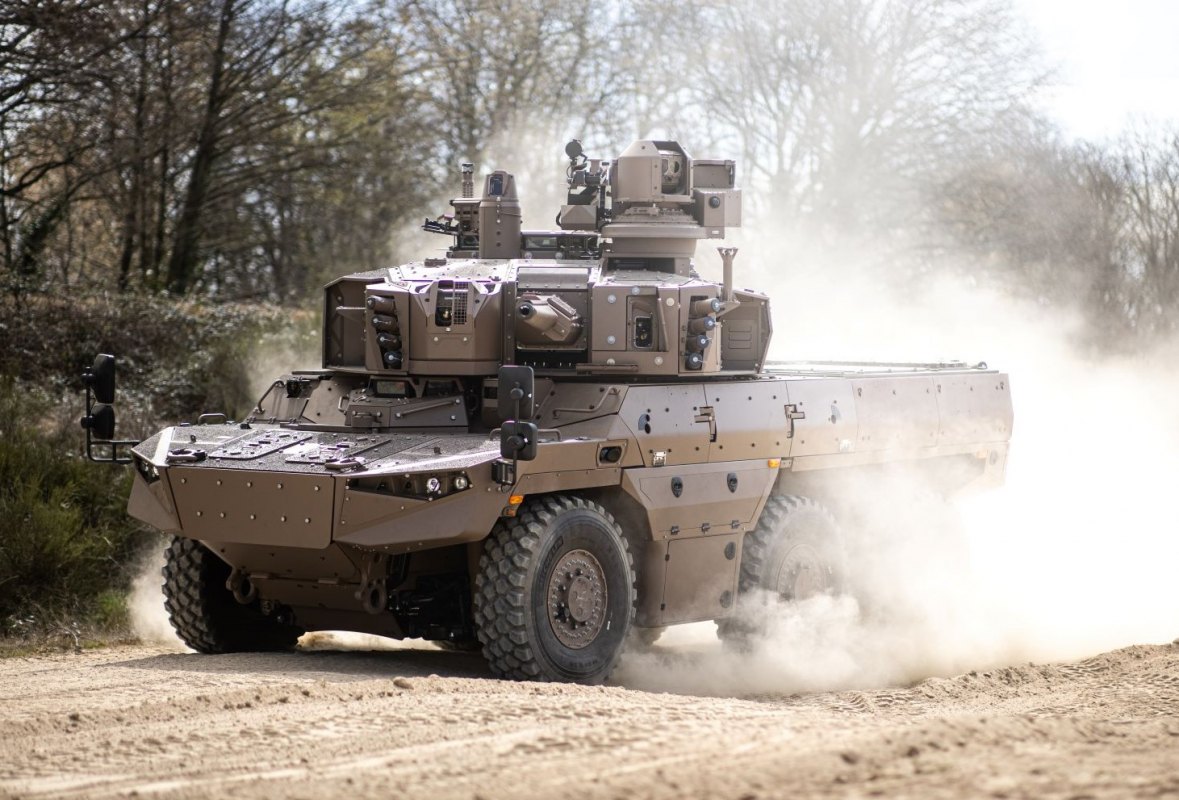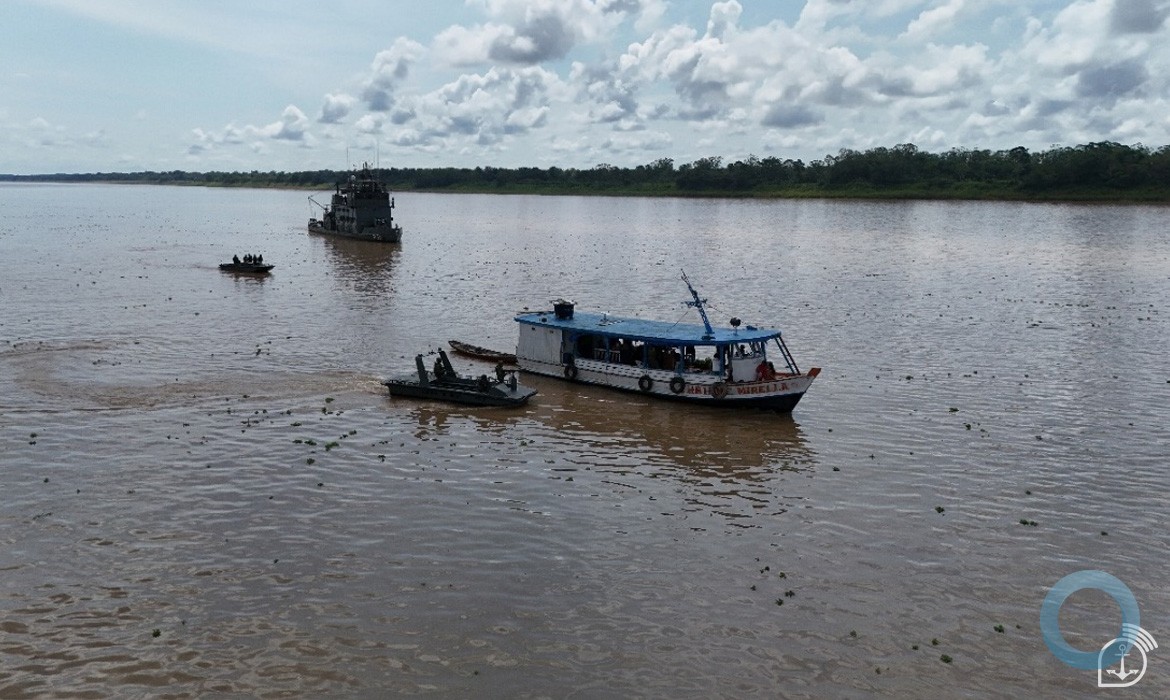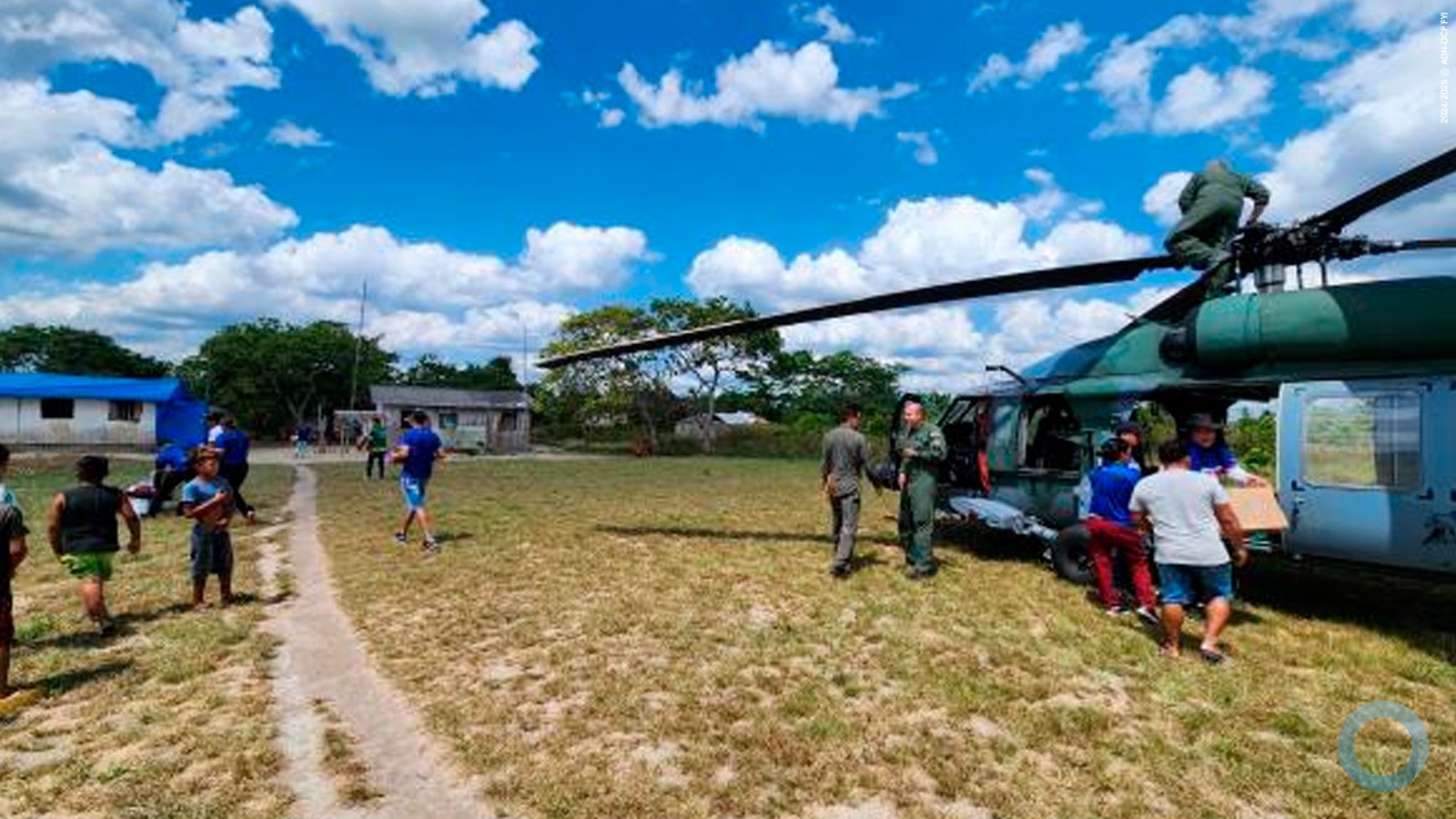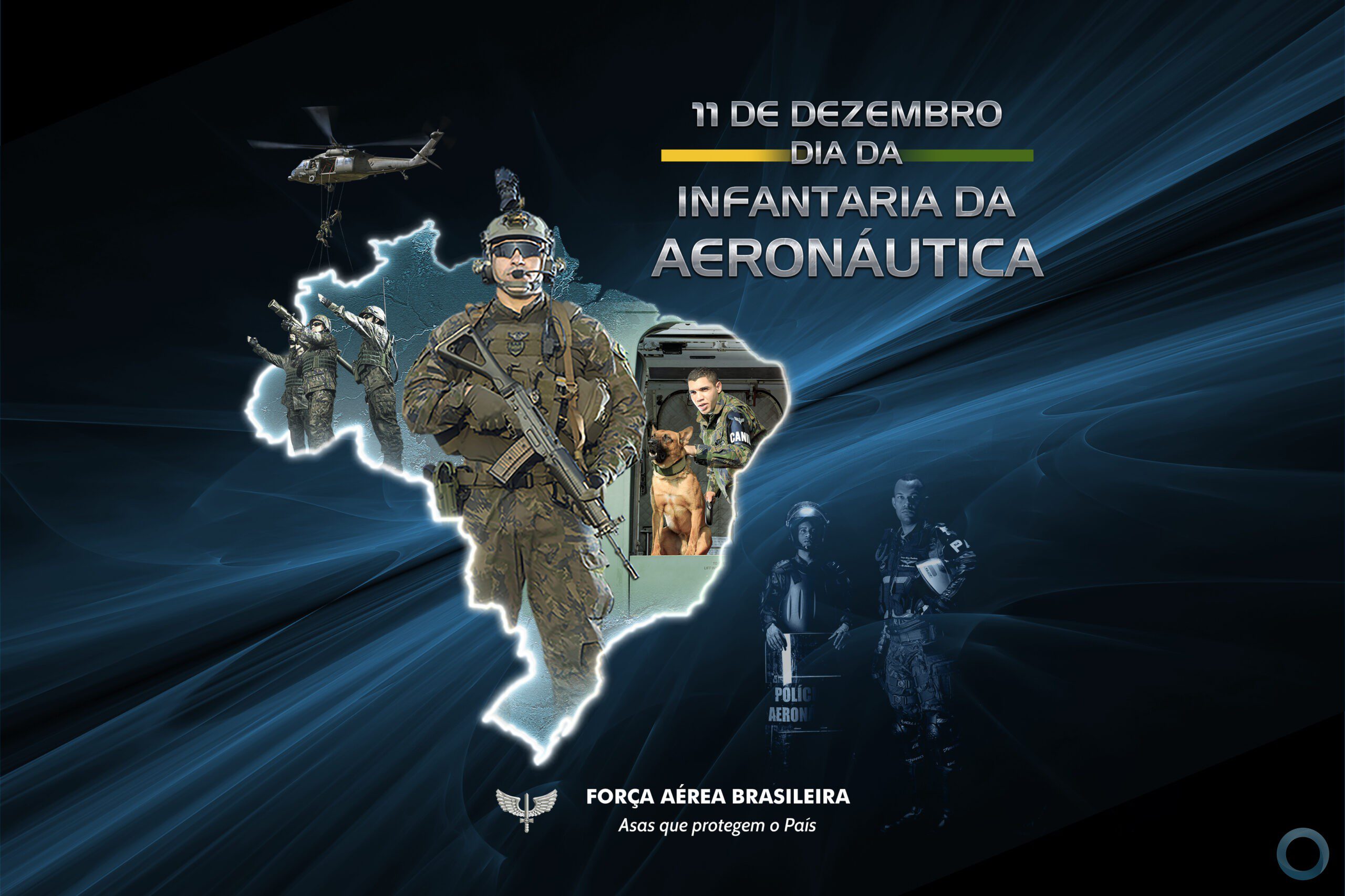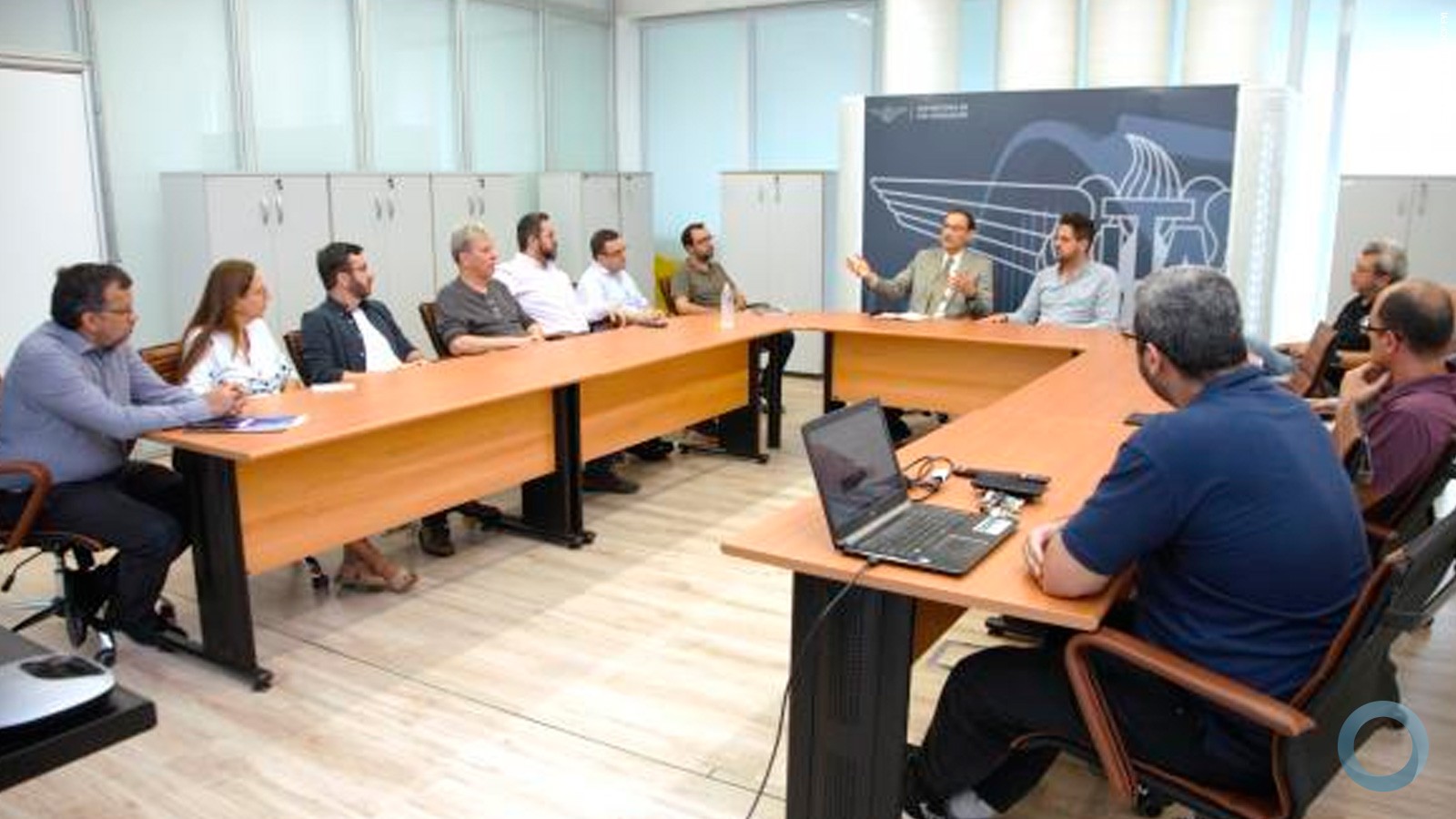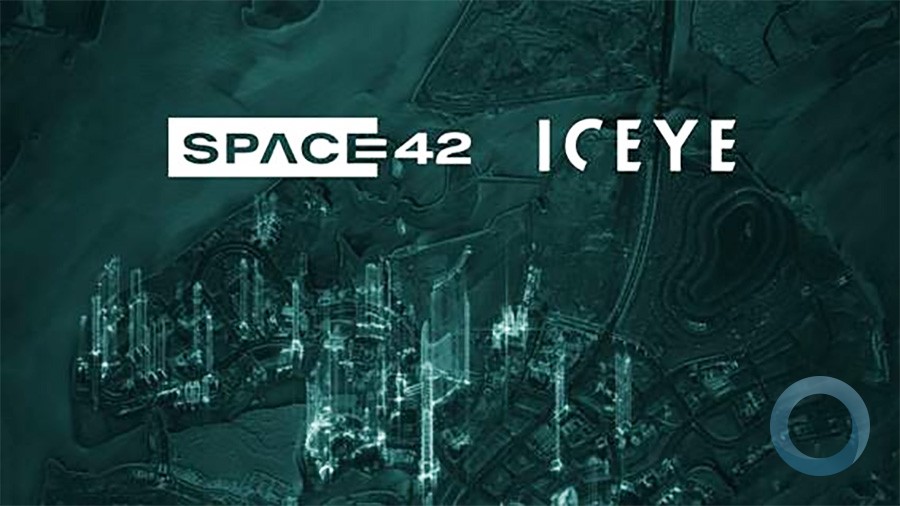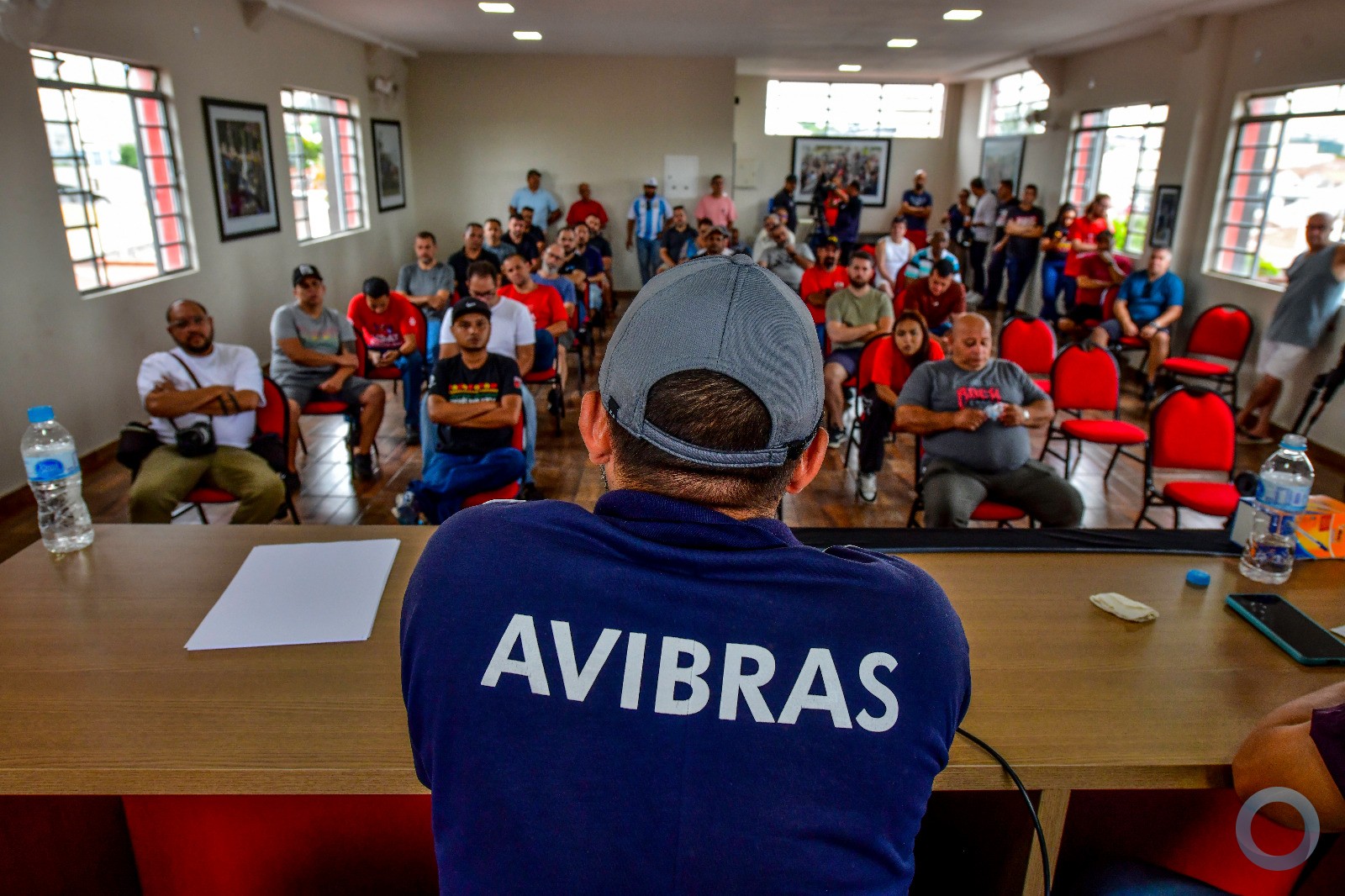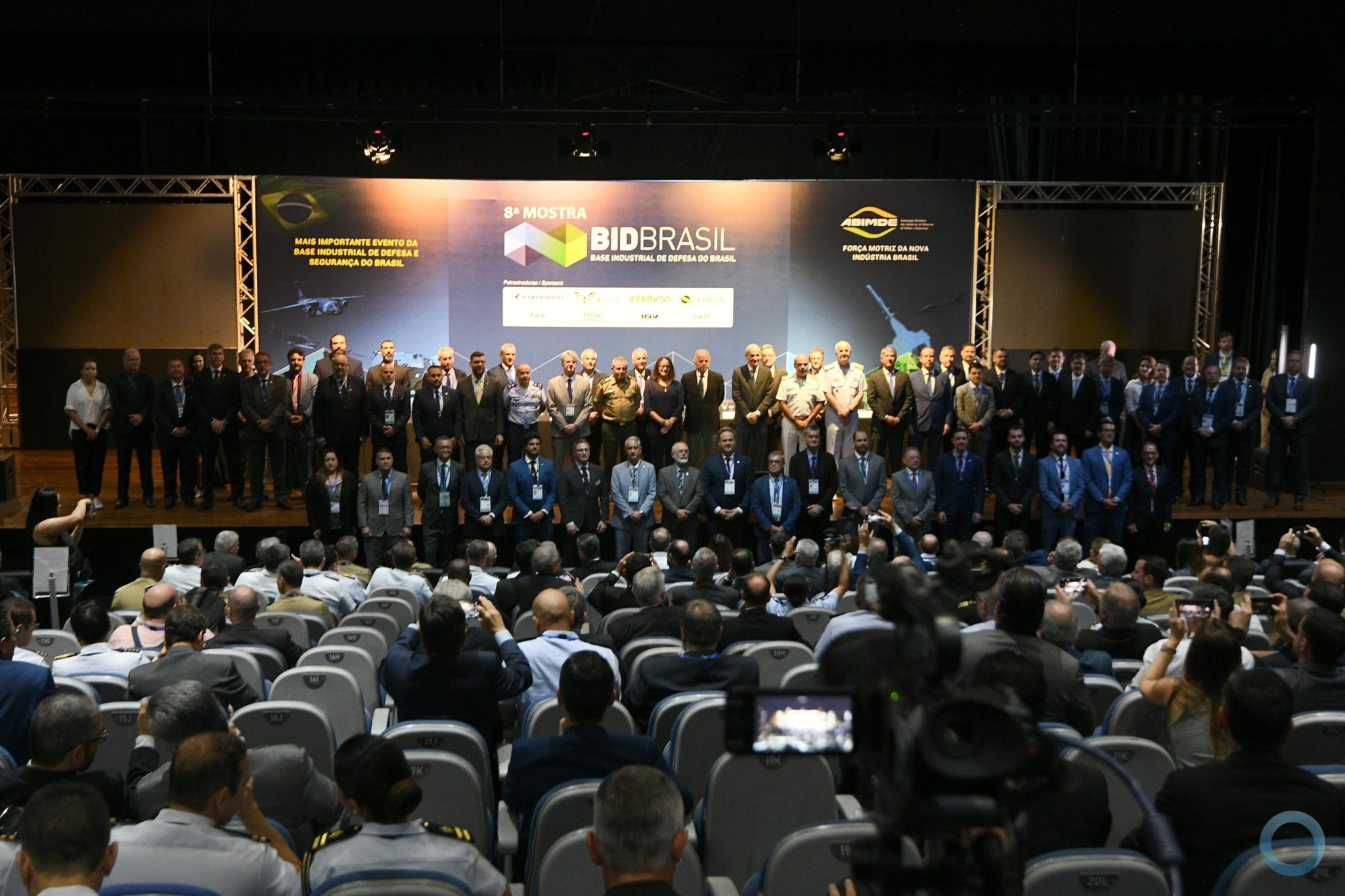Patrícia Comunello
Combined exercises between the Brazilian Air Force (FAB) and the Air Forces of neighboring countries strengthen their cooperative efforts in the fight against drug trafficking and other crimes in border zones.
The most recent example of joint training includes COLBRA IV, in which Brazilian and Colombian Air Force (FAC) personnel mobilized for simulated exercises at points up 90 kilometers from each side of the Brazil-Colombia border between July 13-17.
The air space was off limits to civilian flights during the maneuvers; guidance was released to civilians and Military alike via Notam (Notice to airmen) messages issued by air traffic control, according to the Brazilian Aerospace Defense Command (Comdabra, for its Spanish acronym).
On the Brazilian side, the exercise was carried out from the São Gabriel da Cachoeira Detachment (DASG, for its Spanish acronym), the airbase of which is 852 kilometers from Manaus, the state capital of Amazonas.
DASG provided logistical support, lodging, and meals to service members who participated in the operation, and also made sure the airstrips they used were properly maintained.
In Colombia, Air Force members conducted exercises at the CAF's Amazonas Air Group (GAA, for its Spanish acroynm) structure.
They conducted their maneuvers in the Amazon region, which has dense vegetation and low population density.
Transnational criminal organizations often use the region's airspace to transport drug loads, making cooperation between Colombian and Brazilian security forces crucial in the fight to stop narco-flights.
“Control over air spaces is critical in the fight against the traffic of drugs between the two countries,” FAB Lieutenant General Antonio Carlos Egito do Amaral, Comdabra's commanding officer, said.
The simulation exercises tested the ability of Air Force personnel from the two countries to detect, intercept, and escort Air Traffic of Interest (TAI, for its Spanish acronym) as part of the effort to combat transnational crime he added, “Air Traffic of Interest refers to aircraft making allegedly irregular flights in the air space between Brazil and Colombia,”
Simulated suspicious flights
Responding to TAIs is a key component of the COLBRA IV training.
During the program, FAB or FAC planes simulate a typical TAI flight by flying at a low speed and altitude.
“The methods and means used are the same as those that the two forces use in planning air defense every day, meaning that the operation simulates detecting and escorting aircraft that might be intercepted on any given day,” Lt. Gen. Egito do Amaral said.
The exercise was based on the Brazil-Colombia Binational Aerospace Defense Standards (NBDA number 1 BR/CO), which became operative on June 3, 2009, and govern the regular coordination and cooperation procedures to control irregular air activity along the border between the two countries.
Prior to the current NBDA, the FAB and FAC conducted two COLBRA exercises – the first in 2005 and the second in 2007. The third was held in 2009, after the standards were released. The last set of exercises had the same bearing and mobilization of personnel as 2007, according to Lt. Gen. Egito do Amaral.
COLBRA IV has successfully promoted technical exchanges between personnel in the two Air Forces; Brazilian pilots and flight controllers performed exercises with Colombian counterparts units, and vice versa.
“The goal is to share experiences and standardize procedures across different levels of operation,” Lt. Gen. Egito do Amaral added and “Experiences are shared, but without ever passing along classified information, which could affect Air Force actions on routine missions. Radar data are not shared with other countries, since they are for the exclusive use of Brazil in defending and controlling air traffic.”
Air reconnaissance
As part of its fight against transnational criminal organizations, the FAB collects intelligence on the air routes used by drug traffickers and the landing strips they often use.
“Conducting this reconnaissance is a routine task for FAB units located along the border, and this determines the success of our efforts against drug trafficking and other crimes,”.
The Brazilian team was comprised of the following squadrons:
- :: Arara (1º/9º Aviation Group (GAV), in Manaus, Amazonas);
- :: Cobra (7º Air Transport Squadron (ETA), in Manaus);
- :: Escorpião (1/3° GAV in Boa Vista, Roraima);
- :: Guardião (2º/6º GAV in Anápolis, Goiás);
- :: Harpia (7º/8º GAV in Manaus).
Colombian authorities mobilized squadrons from the 2nd and 3rd Air Combat Command (CACOM-2 and CACOM-3) and the Amazonas Air Group (GAAMA, for its Spanish acronym).
For their part Brazil mobilized A-29 Super Tucano (air defense), C-98 Caravan (logistical air transport), E-99 (flight control and alarm), and C-97 Brasília and C-105 Amazonas (mobilization and demobilization) airplanes, as well as H-60L Black Hawk helicopters (search and rescue), in case there was an accident during the mission, but the helicopters didn't need to be utilized.
Colombia mobilized A-37 Dragonfly (fighters) and SR-560 Citation (air defense) airplanes, as the two sites collectively logged about 40 flight hours.
Brazilian and Colombian air traffic controllers visit each others' facilities
FAB air traffic controllers spent time during the operation at the GAAMA base in Leticia.
Lt. Gen. Egito do Amaral said “They were able to observe the control and defense techniques used by our neighbor,” .
Likewise, Colombian air traffic controllers worked at the Military Operations Center 4 (COPM4) in Manaus.
One of COLBRA IV’s high points was the simulation of TAI identification when service members engaged in flight control and air defense maneuvers against unknown aircraft.
During this part of the operation, the FAC employed a C98 Caravan in an incursion into Colombian territory. The C98 was detected by a Colombian SR-560 Citation and intercepted by an A-37 Dragonfly fighter. After completing the action in Colombia’s air space, the simulated enemy aircraft from the FAB repeated the simulated incursion on the Brazilian side.
“In real-life situations, the aircraft is identified and interrogated,” he added, “If it is an irregular flight, it is ordered to change course to land at an airport controlled by air defense forces. After landing, police and Federal Revenue authorities board it, check the cargo, and make arrests if the cargo is illegal.”
Air Force authorities chose the Caravan to maximize the safety of the COLBRA IV participants in case they had to land on different types of air strips, such as grass, pebbles, or short strips that could be 800 meters in length.
The airplane is well-suited to the characteristics of the Amazon region, which often has unpredictable weather that poses logistical difficulties, according to the Comdabra, which plans and mobilizes FAB personnel on missions with other countries as well. Brazil also conducts operations like COLBRA with Air Forces from Argentina, Bolivia, Paraguay, Peru, Uruguay, and Venezuela.
FAC conducts actions with other activities
“[COLBRA] is a very important operational exercise to improve our training on fighting crime and acquiring great experience like that of the Brazilian Air Force in international exercises,” Amazonas Air Group Commanding Officer Jairo Orlando Orjuela Arélavo said.
The FAC conducts similar exercises with Guatemala, Honduras, the Dominican Republic, Peru, Ecuador, Panama, the U.S., and Venezuela.
Brazil is scheduled to engage in additional training when PERBRA, which is similar to COLBRA, will be conducted with Peru from August 24-28, marking the countries' fifth training operation together, Lt. Gen. Egito do Amara concluded.






